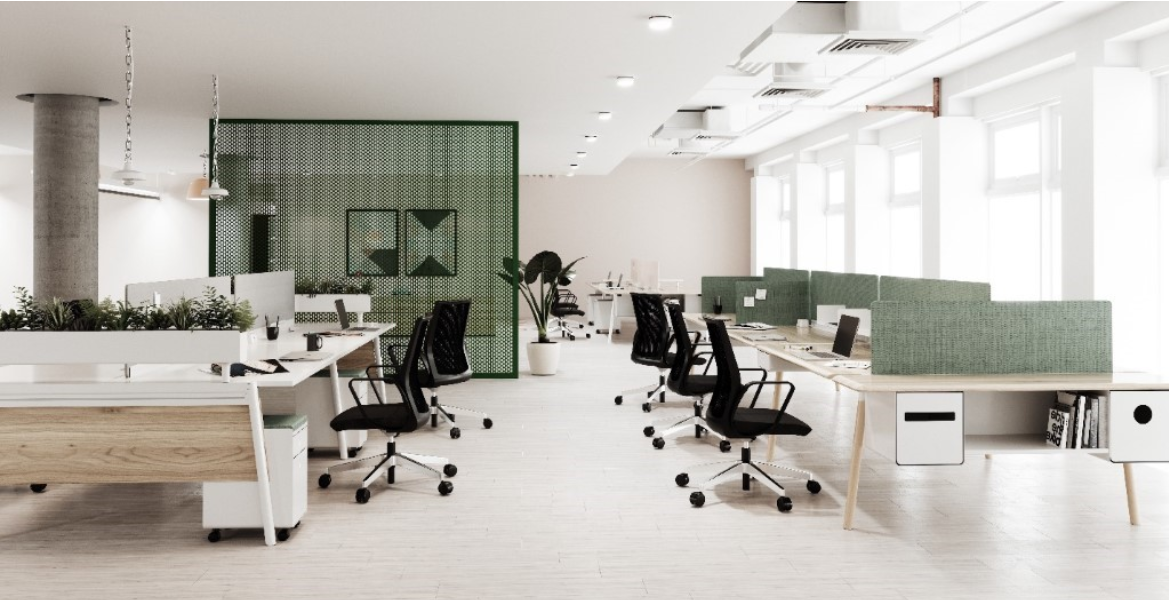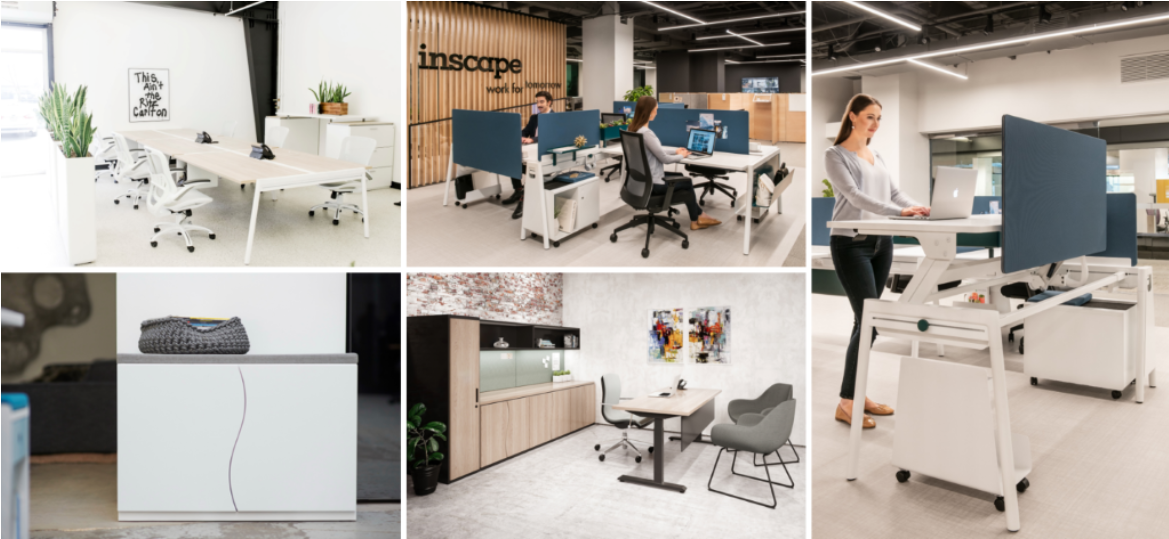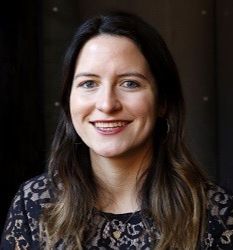In stark contrast to the development of the Seaport District, the future plans for the Old Edison Power Plant (dating back to 1898) just over the bridge in South Boston are taking shape. Hilco Redevelopment Partners and Redgate have been busy pitching the 1.8 million square foot redevelopment that will include luxury condos, apartments, two hotels, retail and office space.
The South Boston Edison Power Plant Planning Process Report put out by the Boston Planning & Development Agency lays out a plan for “adaptive reuse” of the historic building and a mixture of indoor and outdoor areas that provide connectivity from the water’s edge in through the established neighborhood that sits behind the development. This once towering walled up plant becomes an open, modern industrial space that’s overriding design theme focuses on arts & industry. Creative lighting, thoughtful landscape design and preserving historic architectural elements combined with “climate smart design to ensure against rising seas and storm surge, increasing temperatures and higher precipitation” are some of what’s outlined in this report. Historical exhibits, community centers, maker spaces, art galleries and amphitheaters are all proposed to show the importance of what this development could mean to the city.
The design firm SGA along with the developer and the landscape designer Stoss Landscape Urbanism see this space as unlike any other in Boston, with a hint of familiarity to the Assembly Row in Somerville.
The plans will continue to change as South Boston residents voice their concerns over parking and traffic, the legislators and Massport debate over the deed restriction on housing being built on the site, and city compliance is reviewed with the Inclusionary Development Policy. Thoughtful design and good planning can solve a myriad of problems, ultimately resulting in transformative spaces that will affect future generations, enhancing neighborhoods and the overall landscape of the city of Boston.
If you'd like to read more about the South Boston Power Plant project, check out this Bldup article.

Sponsored Article:
Creating Space for Gen Z and More
As new generations enter the workforce, business owners must prepare for a new set of employee expectations and work styles. When Millennials began entering the workforce 15+ years ago, business owners learned that this group craved collaboration. Designers responded by taking down walls to create more team space. Now the Millennials are moving into leadership roles and the next generation is ready to step in. Generation Z, born between 1996 – 2010, are projected to make up one-fifth of the workforce by 2021 (Forbes, 2018).
Independent Work
According to researchers, Gen Zs are more competitive and independent than the generation before them (Forbes, 2017). Therefore, adding quiet workspaces to the current open office layouts may better set them up for success.
To allow for multi-generational use, Inscape has designed the flexible RockIt bench system. This desk features height adjustment technology that creates a standing workstation on demand. RockIt creates flexible workstations with accessories that can be easily rearranged to adjust the amount of privacy needed - collaborative spaces for Millennials, or independent focus workspaces for Generation Z.
Healthy Environments
Generation Z also expect built-in programs to support physical and mental well-being. With this in mind, office designers should incorporate elements that increase health and comfort. Studies have shown positive links between biophilic design and health, like decreased stress, lowered heart rates and blood pressure, and even improved problem-solving capabilities.
Even simulating nature can have the positive psychological benefits of being in nature. To realize these benefits, Inscape’s bench, system, storage and wall products are available in various finishes that mimic nature. And its Nuform Shapes product, a collection of modern storage cabinetry, comes in three biomorphic shapes and finishes that simulate the natural environment to help bring nature inside. Inscape is ready to help employers create environments that work for multiple generations.


IIDA NE Philanthropy Committee Beneficiary Celebration
02.11 // Join us for an evening of networking with our beneficiaries that the IIDA NE Chapter supports throughout the year!
Workplace Innovation Tour
02.19 // Stay tuned for more details!
IIDA NE Professional Development Opportunity
02.25 // Collaboration: Lighting Design
Hartford City Center Student Event
02.27 // Stay tuned for more details!
13th Annual IIDA Design Awards
03.12 // Join us for the 13th Annual IIDA New England Interior Design Awards!
PROFILE HIGHLIGHT

Jessica Griffin
Jessica, why did you choose to become an Interior Designer?: I always loved art and color as a kid, in high school I fell in love with photography and photoshop, and when applying for college, Interior Design just seemed like the perfect balance of artsy/creative with a technical balance. I also love being able to shape a space and improve the experience that people share while being there.

Maria Martinez Romo
Maria, why did you choose to become an Interior Designer?: Because I am obsessed with organization &
aesthetically balanced environments. I am also an artist who needs to exercise my creativity daily while
also making a living, something actors struggle with.
Full profiles of all of our impressive Emerging Leaders are located on our website. Read more about Jessica Griffin and Maria Martinez Romo on our Emerging Leaders Page!

Did you know Gensler Analytics has determined that throughout the US there is approximately 185 million square feet of office space that may be considered functionally obsolete and ready for "reuse", as well as roughly 300 million square feet of office space that may not be competitive in the market, requiring building upgrades. In total, this equates to 485 million square feet of space that qualifies as repositionable, representing about 6% of the total office inventory that exists in the US today.

Do you have an idea that you would like to share with the design community or see highlighted here in The Wire? Send your ideas to s[email protected].